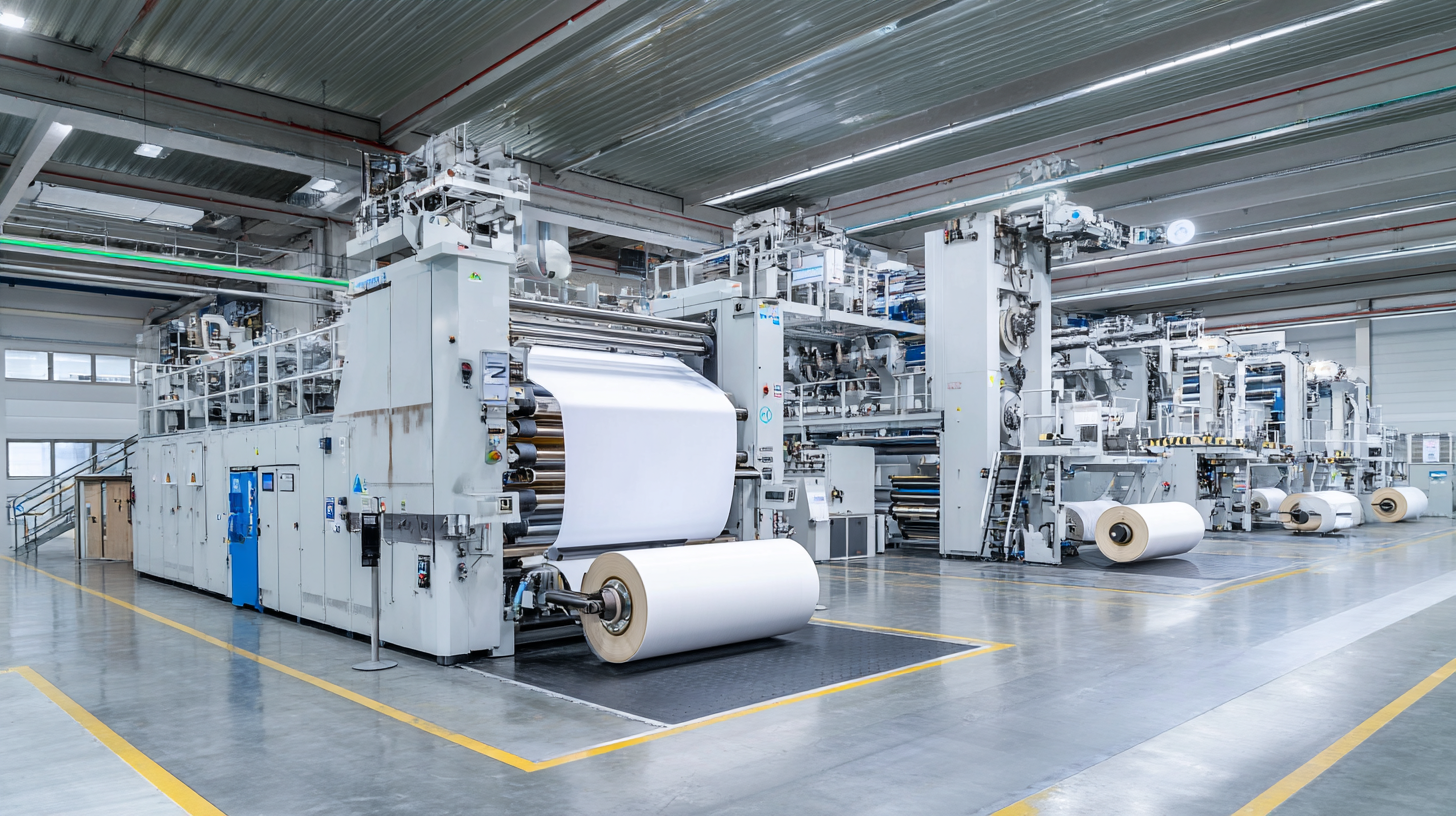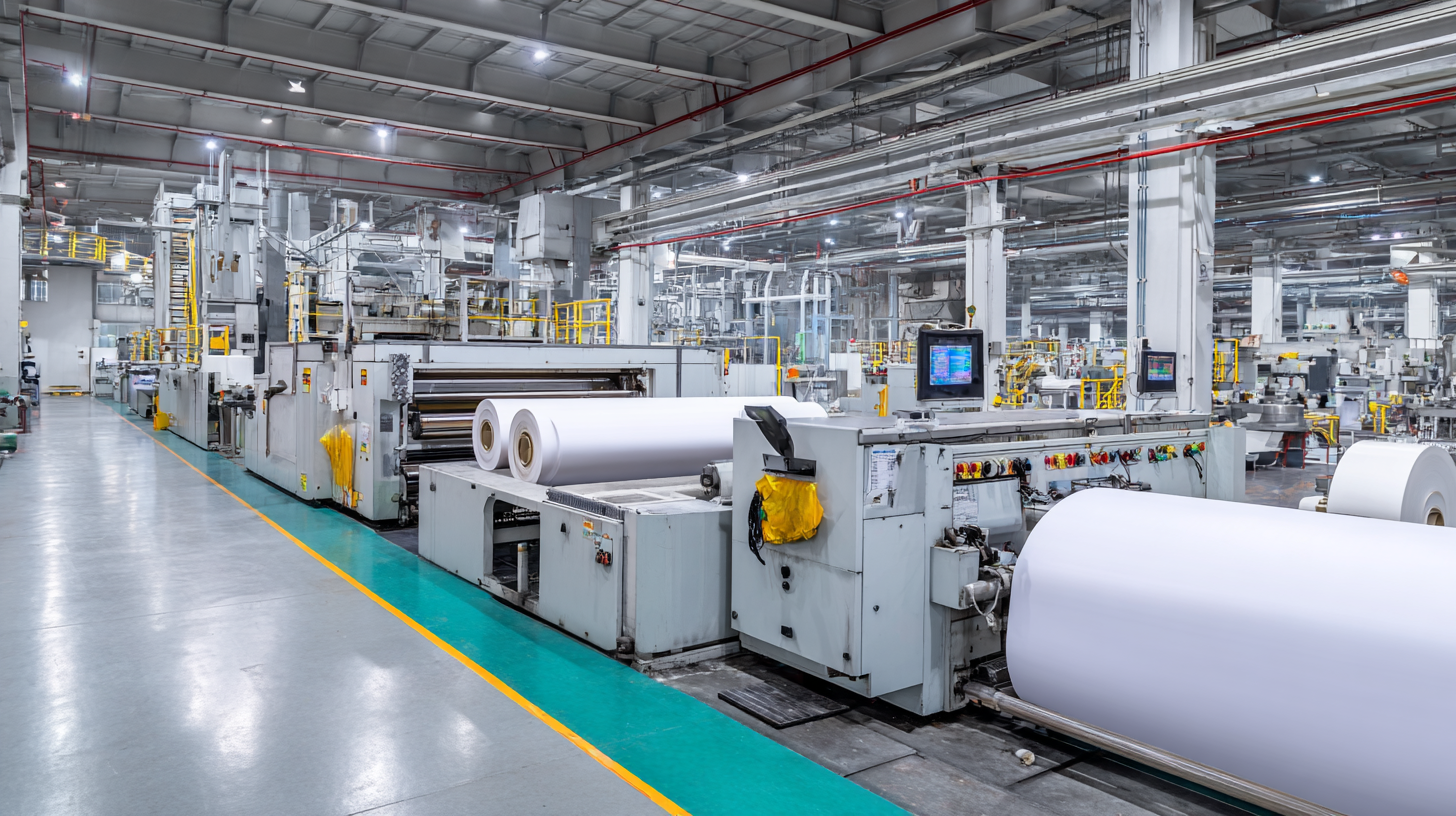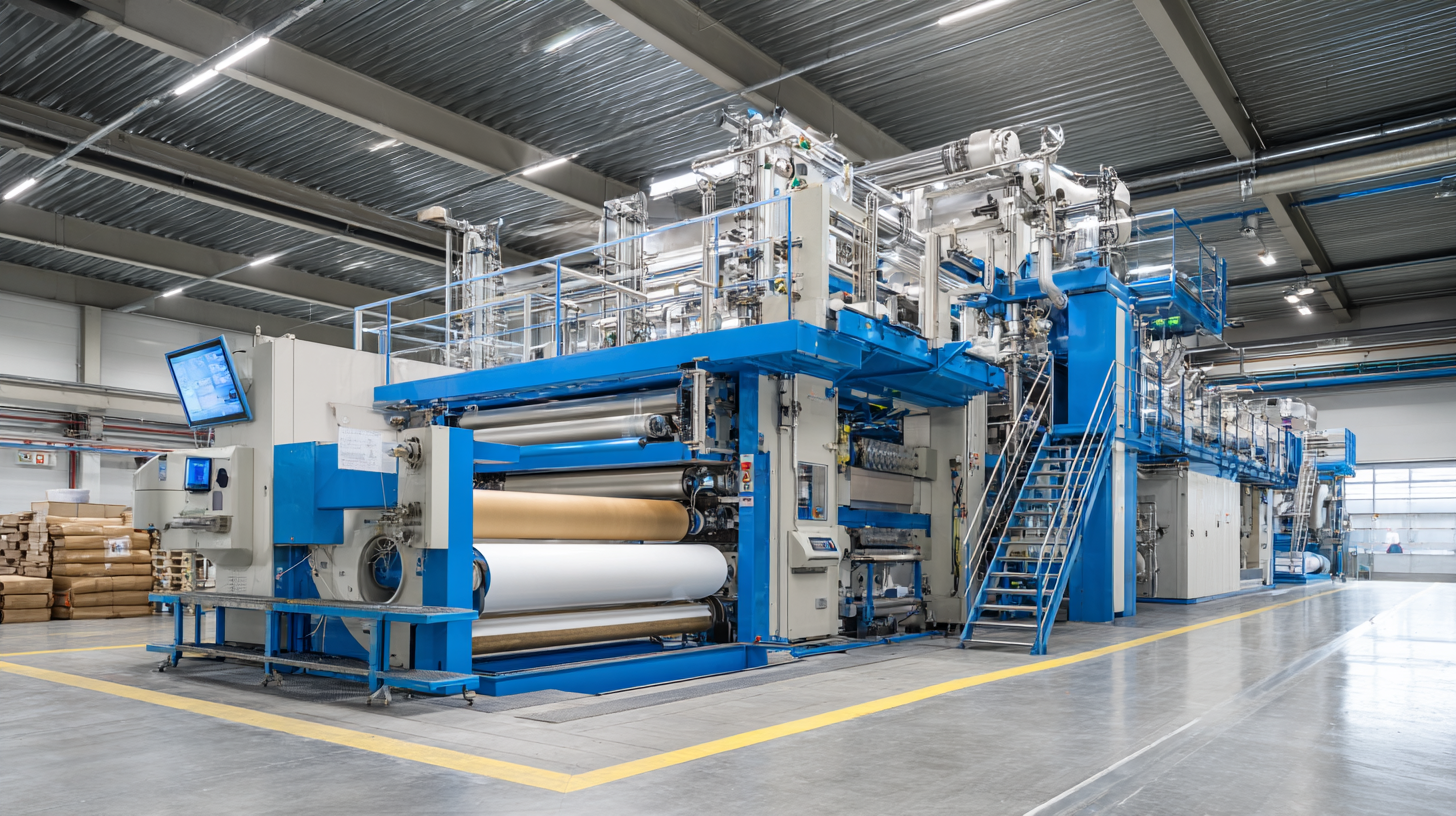
Leave Your Message

In the rapidly evolving landscape of manufacturing and packaging, "Coating and Laminating Machines" play a pivotal role in ensuring product quality and enhancing aesthetics. According to a recent report by MarketsandMarkets, the global coating and laminating machinery market is projected to grow from USD 4.1 billion in 2020 to USD 5.8 billion by 2025, at a CAGR of 7.2%. This surge in demand is driven by the rising need for high-performance packaging solutions across various industries, including food and beverage, pharmaceuticals, and electronics. As manufacturers strive to achieve greater efficiency and sustainability, understanding the key features and performance metrics of the best coating and laminating machines becomes essential.

This blog will provide a comparative analysis of leading models in the market, exploring their technological advancements and practical applications to help industry stakeholders make informed decisions for their production lines.
Recent advancements in coating and laminating technologies are revolutionizing the manufacturing landscape, driving efficiency and quality in production processes. According to a report by MarketsandMarkets, the global coating equipment market is projected to reach $28.2 billion by 2025, demonstrating a significant demand for innovative solutions. Modern machines now incorporate features such as digital controls, enhanced automation, and eco-friendly processes that meet the stringent requirements of various industries including packaging, automotive, and electronics.
One notable trend is the integration of advanced materials and nanotechnology, which can significantly improve the durability and performance of coatings. Manufacturers are increasingly opting for machines that not only coat but also provide precise lamination, enhancing the overall functionality of the final product. Tips for selecting the right machine include assessing the specific needs of your production line, considering the scalability of the technology, and evaluating energy efficiency, which can lead to substantial cost savings over time.
Furthermore, the introduction of IoT and machine learning in these machines allows for real-time monitoring and predictive maintenance, leading to reduced downtime and increased productivity. Embracing these innovations can position manufacturers to stay competitive in a rapidly evolving market. Always look for equipment that offers flexibility in application, as this can greatly enhance the variety of products you can produce without significant additional investment.
When evaluating coating and laminating machines, several essential performance metrics stand out. One of the most critical is the machine's speed, which significantly impacts productivity. High-speed machines can perform tasks more efficiently, reducing turnaround times—an essential factor for manufacturers aiming to meet tight deadlines. Additionally, the output quality, measured in terms of adhesion strength and finish smoothness, should not be overlooked. A machine that consistently produces high-quality results enhances the overall value of the production process.

Another vital metric is the machine's versatility. The ability to handle various substrates and coatings allows manufacturers to adapt to diverse project requirements without investing in multiple machines. Furthermore, ease of operation and maintenance are crucial; machines with user-friendly interfaces and straightforward maintenance protocols can minimize downtime and training costs. Lastly, energy efficiency is becoming increasingly important in today's eco-conscious market, as it not only reduces operational costs but also aligns with sustainability goals. By focusing on these performance metrics, businesses can make informed decisions when selecting the right coating and laminating machines for their needs.
When it comes to coating and laminating equipment, a comparative review of leading brands reveals a diverse landscape of features and performance metrics. Each manufacturer brings unique technologies and engineering solutions to the table, ensuring that businesses can find machines tailored to their specific needs. Factors such as speed, precision, and ease of maintenance play crucial roles in determining a machine's overall efficiency and reliability.
In recent tests of various equipment, high-performing models distinguished themselves through superior coverage and an even finish, similar to how professional paint sprayers outperform traditional rollers. The best machines in this category not only maximize production capabilities but also minimize waste, a vital consideration in today’s resource-conscious climate. By categorically analyzing the strengths and weaknesses of top brands, manufacturers and buyers alike can make informed decisions, leading to improved outcomes in their coating and laminating processes.

When selecting coating and laminating machines, durability and maintenance play critical roles in ensuring long-term performance. High-quality materials and robust construction are essential features to look for, as they directly impact the longevity of these machines. Investing in models designed with heavy-duty components can significantly reduce wear and tear, resulting in fewer breakdowns and extended operational life.
**Tip:** Regularly check and replace worn parts to maintain machine efficiency. Create a maintenance schedule that includes cleaning, lubrication, and inspection of key components to ensure that your equipment remains in optimal condition.
Additionally, consider machines that come with manufacturer's support and detailed maintenance guidelines. Understanding the specific requirements of your coating or laminating machine can equip you with the knowledge needed to perform routine care and address minor issues before they escalate.
**Tip:** Keep a log of maintenance activities and any issues encountered. This data can help identify patterns and inform future purchasing decisions, ensuring that you choose the most reliable machine for your needs.
When selecting coating and laminating machines, balancing quality with budget is crucial for businesses aiming for optimal performance without breaking the bank. According to a recent industry report, around 45% of manufacturers list cost-effectiveness as a primary criterion in their purchasing decisions. High-quality machines often come at a significant investment, but the long-term benefits, such as reduced operational costs and enhanced product durability, can justify the upfront expense.
Tip: Always consider the total cost of ownership (TCO) rather than just the initial purchase price. This includes factors like maintenance, energy consumption, and potential downtime, which can significantly impact your bottom line.
Furthermore, recent analysis shows that investing in advanced technologies, such as automation and smart controls, can lead to a return on investment (ROI) of up to 30% in just the first year. These innovations not only enhance process efficiency but also improve the quality of finished products.
Tip: When comparing machines, carefully evaluate their technical specifications and performance metrics. Look for features like speed, precision, and compatibility with various materials to ensure that your selected machine aligns with your production goals and budgetary constraints.
| Machine Type | Key Features | Performance Metrics | Cost-Effectiveness (USD) | Quality Rating (1-10) |
|---|---|---|---|---|
| Coating Machine A | High-speed operation, automatic thickness control | 500 m/min, 98% accuracy | 25,000 | 9 |
| Laminating Machine B | Energy-efficient, multi-layer lamination | 300 m/min, 95% efficiency | 30,000 | 8 |
| Coating Machine C | User-friendly interface, low maintenance | 400 m/min, 97% consistency | 22,000 | 7 |
| Laminating Machine D | Compact design, quick changeovers | 250 m/min, 90% output quality | 20,000 | 8 |